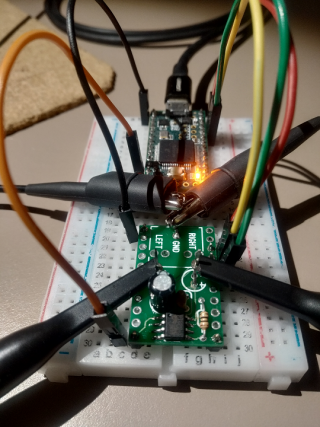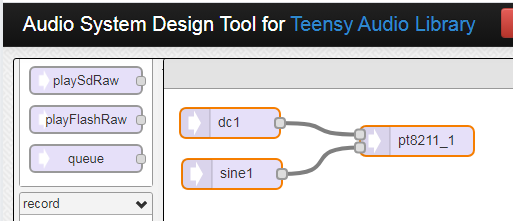Hello!
Is it poosible to use the TeensyAudioBoards (C, D) down to DC = 0 Hz, like a simple DAC (or do they have a minimum frequency)?
If it's possible, is there a software support on that DAC feature (DAC commands,...), independent on audio applications?
If this is not possible, is there any ready small DAC board with two (better more) channels, 16 Bits, >40 kHz?
Of course I know, there are many chips from Analog Devices, Maxim, etc. But I want to avoid making an own PCB and complete new software, but use it fitting to Teensies (which I'm a fan of!).
Has anybody good experiences and example codes (maybe also with demo boards of the chip manufacturers)?
Thanks in advance!
Is it poosible to use the TeensyAudioBoards (C, D) down to DC = 0 Hz, like a simple DAC (or do they have a minimum frequency)?
If it's possible, is there a software support on that DAC feature (DAC commands,...), independent on audio applications?
If this is not possible, is there any ready small DAC board with two (better more) channels, 16 Bits, >40 kHz?
Of course I know, there are many chips from Analog Devices, Maxim, etc. But I want to avoid making an own PCB and complete new software, but use it fitting to Teensies (which I'm a fan of!).
Has anybody good experiences and example codes (maybe also with demo boards of the chip manufacturers)?
Thanks in advance!




